
THIRD PRIZE: 2013 national competition project | Library Redesign #027
To renovate and redesign my school's library at 5th floor center section of brooklyn tech. The current library at my school have many problems such as large amount of books that are never checked out, therefore gather large amounts of dust in the library. Not enough computers for students to properly do their researches
ArchWenHao's work for the Collect Information step:
Summary
We are living in a new era of technologies, machines and advance electricanical products. Books are essentials for students to get accurate and detailed information for students.
A picture of current Brooklyn library from a different angle. Look it is a kid! We are totally kid...
ArchWenHao's work for the Brainstorm Ideas step:
Summary
Two of the biggest problems that I find high school libraries are facing right now are providing study area for students with different needs and also its integration into the new technological era.
One of the early sketches I did of how I imagined the library to looked like. It is a lay out of a...
These were some of the questions I have asked myself and other students/ teachers around the school...
A little more detailed sketch of different ideas I had for the library. Using column as a book...
This is when I gave the thought of adding a second floor/balcony to the library. I liked this a...
ArchWenHao's work for the Develop Solutions step:
Summary
Two possible solutions that I have came up with for the library design solutions are adding a second floor balcony or I can increase the amount of computers in the library seeing how we are currently
At this stage is when I started playing with the lighting in the library by placing different...
This is a section view of the private study room for students. I believe that this is a simple...
section view to show some of the relationship between the first floor and the balcony floor. The...
I removed all the desk and chairs from the center of the library to show that there is a large...
ArchWenHao's work for the Final Design step:
Summary
Here is the final design of the library I have came up with. The design include a clear center path to easy access flow and passage for traveling.
Private Study rooms- I included a few private study rooms to allow students to study in small...
By adding a giant translucent glass wall instead of windows not only increases its architectural...
First floor- Shows an extremely easy to understand organizing system allowing students and...
2nd floor plan – In the balcony plan I included small tables and chairs for students to study alone...
section plan- In this plan you can see that there are two levels to this library, the first floor...
.png)


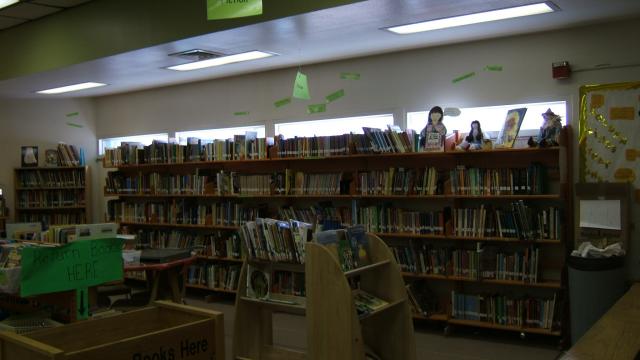
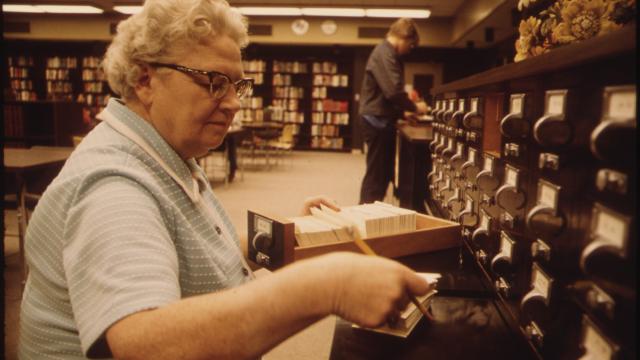

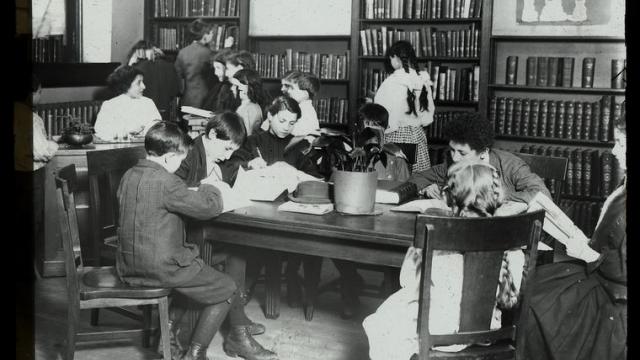
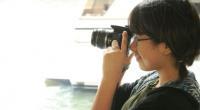








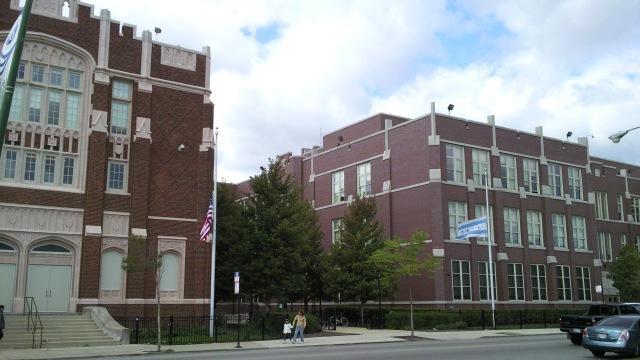
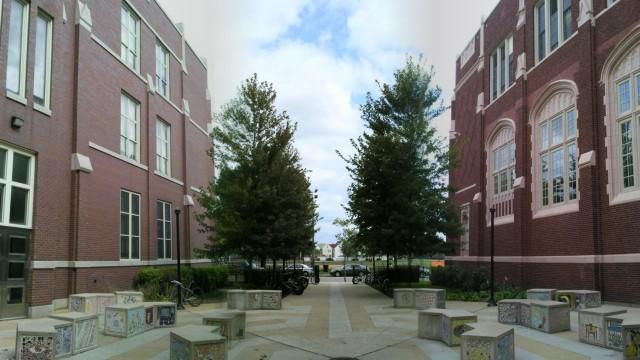
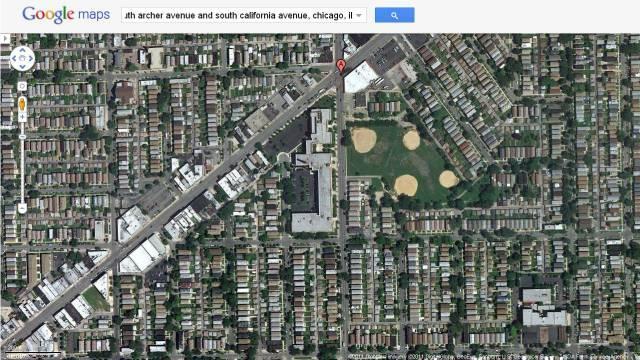
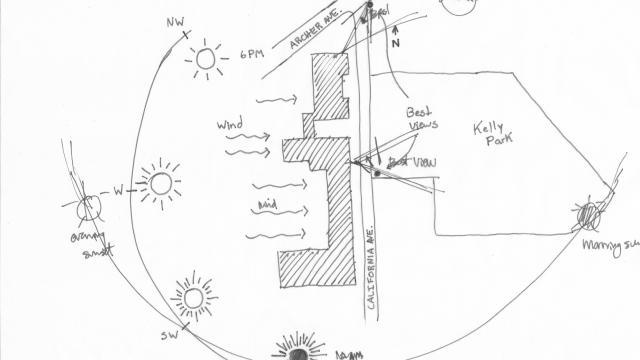
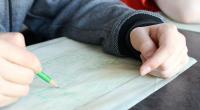









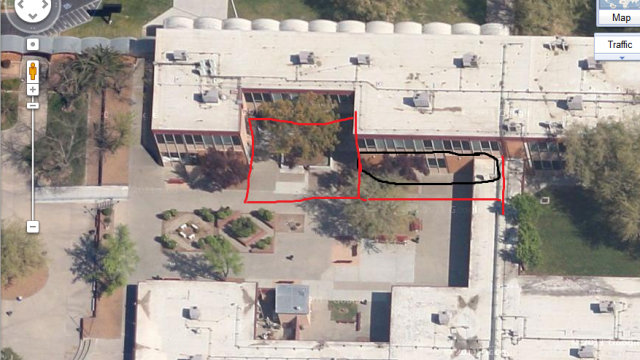
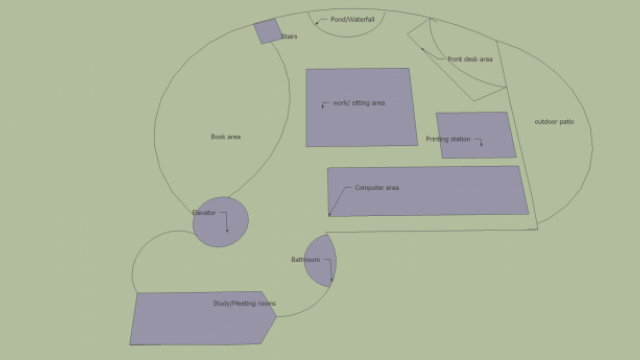
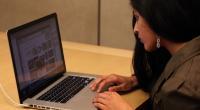









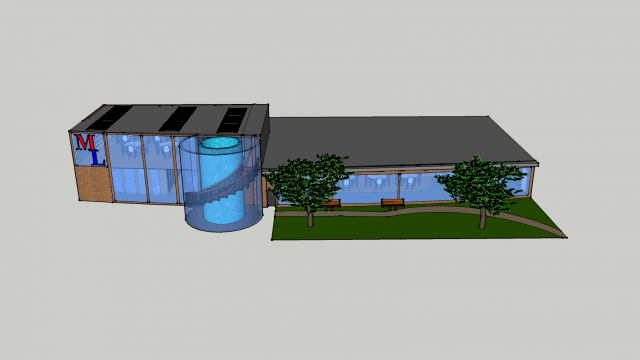
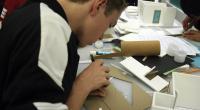

.html)






Comments
I am an architect in Indianapolis, Indiana- Good, but need more here. What is the current library like? What solutions would you propose?
You had a well-developed solution, and it would have been helpful to comment here on how you addressed the problems noted above.
You possessed the well-developed solution, plus it would have Best Ibeacon Online recently been helpful to comment below on how you resolved the issues observed above.
I definitely enjoying every little bit of it. It is a great website and nice share. I want to thank you. Good job! You guys do a great blog, and have some great contents. Keep up the good work. http://kdrcyber.com